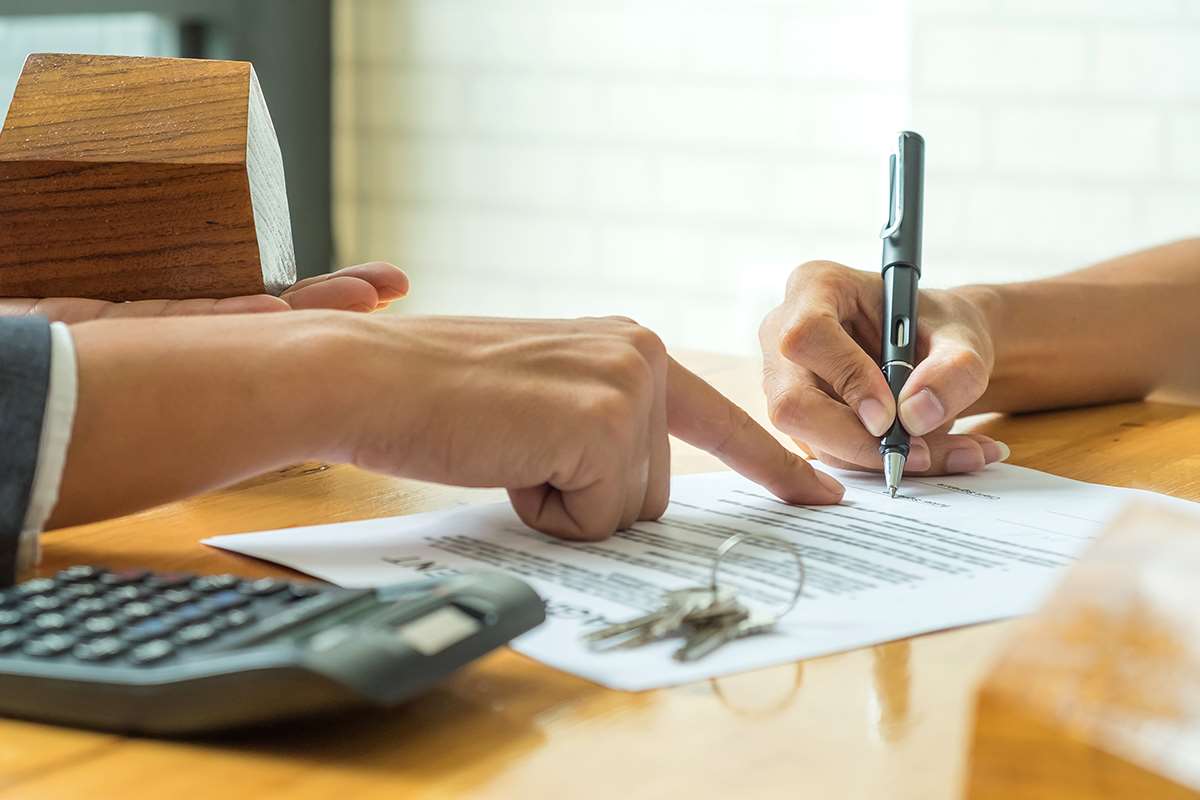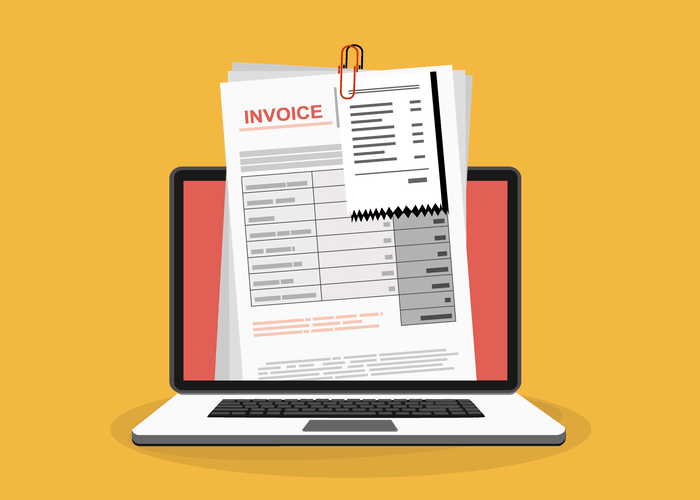- സംശയങ്ങൾ ചോദിക്കുവാനുണ്ടോ ? : +91 8136936648
- +91 8111936648
- agapegym@gmail.com
Which is the Best VPN for Firestick?
December 1, 2021Keep All Of Your Financial Records In One Place With Hubdoc
December 2, 2021Content

See program disclosures and the applicable fund prospectus before investing for details and other information on the fund. Contact us for a copy of the fund prospectus and recent performance data.
Assets and liabilities valued at current costs use the current exchange rate and those that use historical exchange rates are valued at historical costs. The balance sheet is sometimes called the statement of financial position.
How Are Current Assets Different From Fixed Noncurrent Assets?
Harold Averkamp has worked as a university accounting instructor, accountant, and consultant for more than 25 years. He is the sole author of all the materials on AccountingCoach.com. Khadija Khartit is a strategy, investment, and funding expert, and an educator of fintech and strategic finance in top universities. She has been an investor, entrepreneur, and advisor for more than 25 years. The offers that appear in this table are from partnerships from which Investopedia receives compensation. Investopedia does not include all offers available in the marketplace.
In what order are assets listed on a balance sheet of a sole proprietor?
In accounting, the balance sheet of the sole proprietorship reflects the accounting equation: Assets = Liabilities + Owner’s Equity. Owner’s Equity consists of the owner’s capital account and also a drawing account.
For assets, the value is based on the original cost of the asset less any depreciation, amortization, or impairment costs made against the asset. An asset’s initial book value is its its acquisition cost or the sum of allowable costs expended to put it into use. Assets such as buildings, land, and equipment are valued based on their acquisition cost, which includes the actual cash price of the asset plus certain costs tied to the purchase of the asset, such as broker fees. The book value is different from market value, as it can be higher or lower depending on the asset in question and the accounting practices that affect book value, such as depreciation, amortization and impairment. In many cases, the carrying value of an asset and its market value will differ greatly. If the asset is valued on the balance at market value, then its book value is equal to the market value.
Some Inventory May Not Provide Liquidity
For the purposes of financial accounting, a company’s liquid assets are reported on its balance sheet as current assets. A non-current asset is a term used in accounting for assets and property which cannot easily be converted into cash. This can be compared with current assets such as cash or bank accounts, which are described as liquid assets. Contingent liabilities such as warranties are noted in the footnotes to the balance sheet. The small business’s equity is the difference between total assets and total liabilities. On the equity side of the balance sheet, as on the asset side, you need to make a distinction between current and long-term items. Your current liabilities are obligations that you will discharge within the normal operating cycle of your business.
Bonds have varying degrees of liquidity, but can generally be sold fairly quickly without sacrificing too much of their market value. And mutual funds can be sold daily — meaning that if you place a “sell” order, the position will be liquefied, or converted to cash in your account by the following day. For the best financial analysis, accountants may want to draw on data from the balance sheet and other forms, too. These can include a statement of cash flow or dynamic income statements. These can indicate the financial health of the company more thoroughly. A balance sheet states a business’s assets, liabilities, and shareholders equity at a specific point in time. They offer a snapshot of what your business owns and what it owes as well as the amount invested by its owners, reported on a single day.
How To Analyze A Balance Sheet
Companies have strategic processes for managing the amount of cash on their balance sheet available to pay bills and manage required expenditures. Industries like banking have a required amount of cash and cash equivalents that the company must hold to comply with industry regulations. Liquidity ratios are a class of financial metrics used to determine a debtor’s ability to pay off current debt obligations without raising external capital.
Let’s start with assets, which is what a company OWNS
Assets are listed in order of liquidity
(Liquidity means how quickly a security can be turned into cash)
The most liquid assets are at the top, the least liquid on the bottom pic.twitter.com/muXQw7JEf8
— Brian Feroldi (@BrianFeroldi) September 30, 2021
Plant assets simply produce income indirectly through their use in operations. These expenses are payments made for services that will be received in the near future. Strictly speaking, your prepaid expenses will not be converted to current assets in order to avoid penalizing companies that choose to pay current operating costs in advance rather than to hold cash.
How To Open A Balance Sheet When Purchasing A Business
Working capital is a financial metric which represents operating liquidity available to a business, organization or other entity, including a governmental entity. Along with fixed assets, such as plant and equipment, working capital is considered a part of operating capital. The main categories of assets are usually listed first, and normally, in order of liquidity. On a balance sheet, assets will typically be classified into current assets and non-current (long-term) assets. Cash, receivables, and liabilities are re-measured into U.S. dollars using the current exchange rate. Long-term liabilities are any debts that must be repaid by your business more than one year from the date of the balance sheet. This may include start up financing from relatives, banks, finance companies, or others.
For assets themselves, liquidity is an asset’s ability to be sold without causing a significant movement in the price and with minimum loss of value. Liquidity refers to a business’s ability to meet its payment obligations, in terms of possessing sufficient liquid assets, and to such assets themselves. For assets, liquidity is an asset’s ability to be sold without causing a significant movement in the price and with minimum loss of value. In accounting and finance, equity is the residual claim or interest of the most junior class of investors in assets, after all liabilities are paid.
Which Current Asset Is Typically The Least Liquid?
Thirdly, only non-current assets can be classified as property plant and equipment. The balance sheet is one of the three fundamental financial statements. The financial statements are key to both financial modeling and accounting.
- It is a derivation of working capital, that is commonly used in valuation techniques such as discounted cash flows .
- It’s usually shown as a ratio or a percentage of what the company owes against what it owns.
- Creditors obviously won’t care about this much cash because they just want to make sure there is enough money to pay back the loans.
- For many companies, accounts receivable is more liquid than inventories .
- Cash held for some designated purpose, such as the cash held in a fund for eventual retirement of a bond issue, is excluded from current assets.
- Decisions relating to working capital and short-term financing are referred to as working capital management.
- Although they cannot be converted into cash, they are the payments already made.
There are several key ratios analysts use to analyze liquidity, often called solvency ratios. Two of the most common are the quick ratio and the current ratio.
Also, the asset must have the ability to transfer ownership easily and quickly. In financial accounting, owner’s equity consists of the net assets of an entity.
To clear short term liabilities we bank on assets that can be speedily converted to cash. Since short term liabilities are to be cleared at short notice, we use assets with a short life span, which are generally the ones that can be speedily converted to cash to clear the short term liabilities.
Where Does Liquidity Go On A Balance Sheet?
Investopedia requires writers to use primary sources to support their work. These include white papers, government data, original reporting, assets in order of liquidity and interviews with industry experts. We also reference original research from other reputable publishers where appropriate.

Because a company cannot convert these assets into a cash until they sell their business, they are listed last in the order of liquidity. However, they are still important assets to note, because they can help investors and shareholders determine the value of the business. Order of liquidity is how a company presents their assets in the order of how long it would take to convert them into cash.
The information you’ll need to examine liquidity is found on your company’s balance sheet. Assets are listed in order of how quickly they can be turned into cash.

Author: Jodi Chavez
